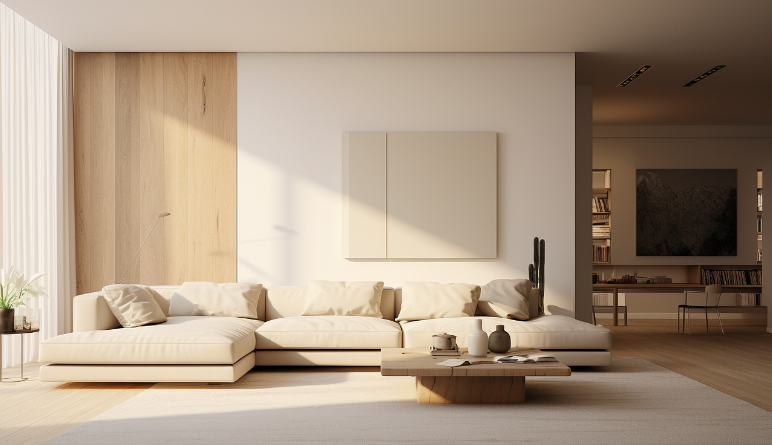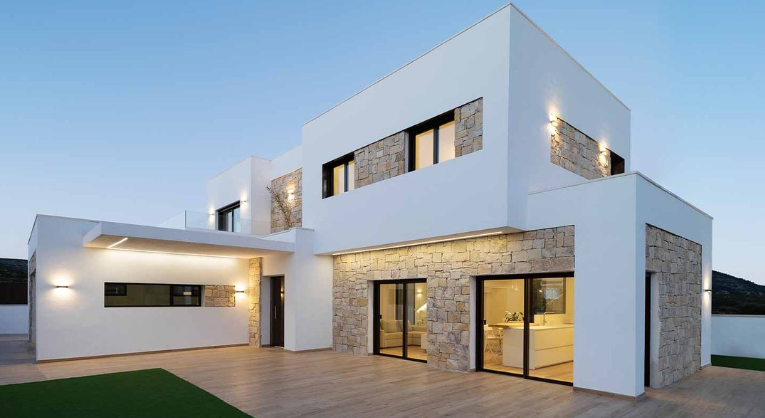Minimalist house design is characterized by its focus on simplicity, clean lines, and a sense of openness. Embracing the “less is more” philosophy, minimalist architecture aims to create spaces that are uncluttered, harmonious, and visually striking through the use of essential elements. This design approach emphasizes functionality, subtlety, and the aesthetic impact of architectural simplicity. Let’s delve into the principles of minimalist house design and explore the timeless beauty found in its simplicity.

Clean Lines and Open Spaces
Minimalist house design is distinguished by clean, straight lines, unadorned surfaces, and a sense of openness. Spaces are organized with clarity and precision, emphasizing a feeling of airiness and simplicity in the architectural composition. The absence of excessive ornamentation allows for a sense of calmness and focus on the essential elements of the space.
Uncluttered Interiors
The interior of a minimalist home is free from clutter and excess decor, promoting a sense of tranquility and order. Furniture and accessories are carefully selected to serve functional purposes, with an emphasis on essentiality and the elimination of unnecessary embellishments. This creates an environment that feels serene, unencumbered, and open to individual interpretation.
Natural Light and Materiality
Minimalist architecture often integrates ample natural light and a harmonious use of materials. Large windows, skylights, and carefully positioned openings create a strong connection to the surrounding environment, allowing light to become an integral part of the design. The use of natural materials, such as wood, stone, and concrete, further emphasizes a sense of authenticity and harmony within the space.
Spatial Efficiency and Functionality
Minimalist house design prioritizes spatial efficiency and functional layout. Thoughtful organization of rooms, multifunctional spaces, and a deliberate consideration of circulation contribute to a seamless and purposeful living environment. Each element is carefully planned to serve a specific function, without unnecessary complexity or redundancy.
Subtle Color Palettes
A minimalist home often features a subdued and neutral color palette, allowing the architectural forms and spatial qualities to take center stage. Minimal contrast and a focus on subtle tonal variations contribute to a sense of tranquility and visual cohesion, creating a serene and timeless ambiance.
Harmonious Integration with Nature
Minimalist architecture often seeks to create a harmonious relationship with the natural surroundings. Whether through the use of outdoor courtyards, seamless indoor-outdoor connections, or a subdued color scheme that integrates with the landscape, the minimalist design fosters a sense of unity with nature.
Ultimately, minimalist house design exemplifies the timeless beauty and elegance found in simplicity. By focusing on essential elements, spatial clarity, and a harmonious arrangement, minimalist architecture creates spaces that embody a sense of tranquility, balance, and refined aesthetic sophistication. Whether in urban or rural settings, the purity and grace of minimalist design continue to resonate as a compelling and enduring form of architectural expression.
